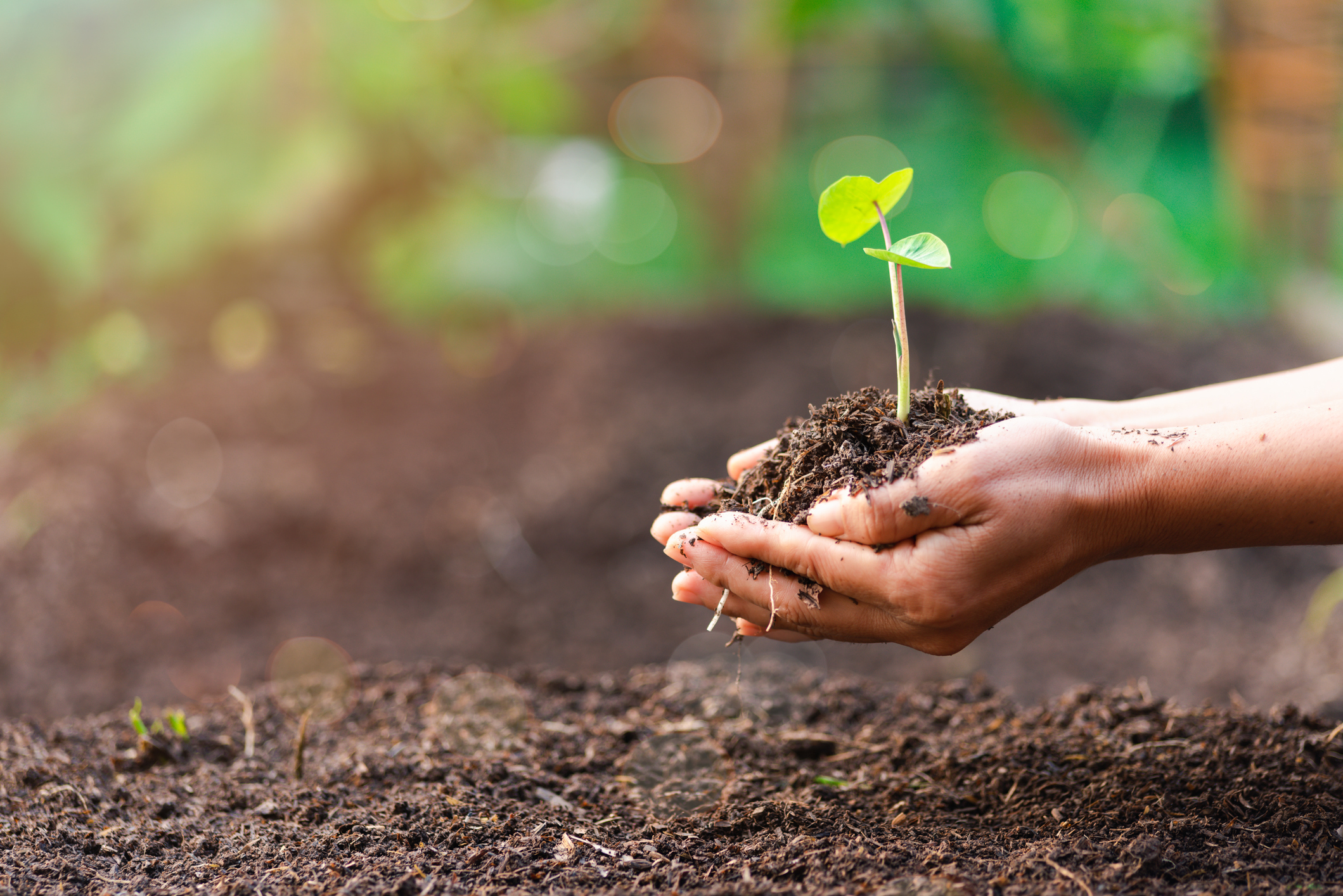Environmental Justice Advocate Catherine Coleman Flowers: Unveiling Systemic Neglect in Alabama’s Black Belt

In the heart of Alabama’s Black Belt, where a history of hardship looms large, a determined advocate emerges from the shadows of the past. Catherine Coleman Flowers, a native of the “bloody” Lowndes County, nestled between Selma and Montgomery, is spearheading the fight for environmental justice in the United States.
The Black Belt region has borne witness to decades of adversity, from the shackles of slavery to the struggles of sharecropping, segregation, and entrenched poverty. However, it has also been the cradle of resilience, giving rise to some of the nation’s most steadfast activists. Catherine Coleman Flowers stands as a testament to this enduring legacy.
Her mission goes beyond the geographical boundaries of Lowndes County, as she strives to unravel the “dirty secret” of systemic neglect prevalent across the United States. In places like Lowndes County, where over 40% of the predominantly Black population lacks access to clean sanitation, Catherine Coleman Flowers’s advocacy has become a catalyst for change. By shedding light on the harsh realities faced by marginalized communities, she has compelled environmentalists and policymakers to confront the pressing issues directly affecting the poor and people of color.
In August 2022, Catherine Coleman Flowers’s relentless efforts bore fruit when the Biden Administration chose Lowndes as the stage to announce a significant commitment. A $50 billion investment in wastewater issues, with a specific focus on underserved communities, was declared by the Environmental Protection Agency (EPA). This marked a pivotal moment in the ongoing struggle for environmental justice.
Catherine Coleman Flowers has effectively guided leaders toward addressing a crisis exacerbated by both bigotry and poverty. All the while, she remains grounded in the soil of her homeland, embodying a commitment to the very community that has shaped her activism. In the face of historical challenges, she continues to navigate the complexities of environmental justice, leaving an indelible mark on the landscape of advocacy.
